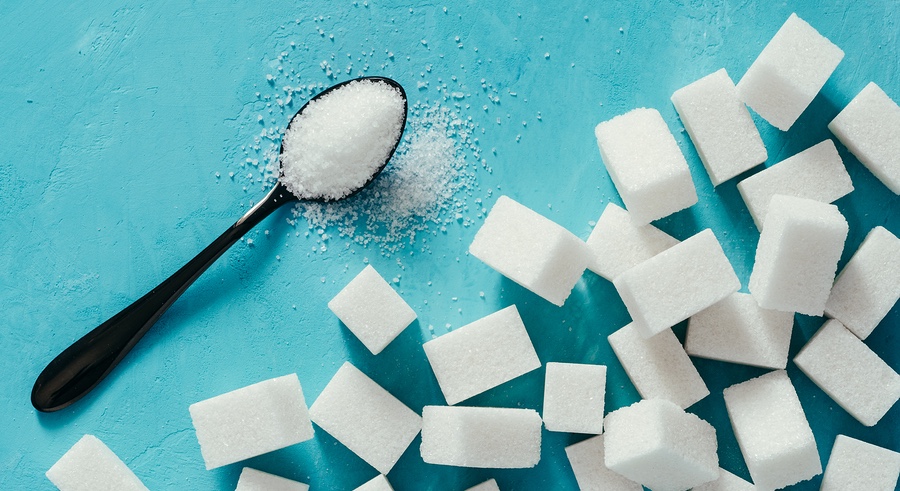If you were to name the least beneficial nutrient in the human diet, what would it be? A growing amount of research is pointing to a single, but widely available one: sugar. This simple carbohydrate took the most significant hold on the American diet during the low-fat era in the 1980’s. To compensate for the lack of fat in foods, manufacturers started adding extra sugar for taste. Since then, the list of sweeteners used in foods has grown at an exponential rate, making it difficult for American consumers to identify just how much sugar they are eating. Why should we be so concerned? Take a peek at some of the top reasons why, and what you can do about it.
Sugar Raises Your Risk of Cardiometabolic Disease
Consuming a diet high in sugar can have serious impacts on health. Cardiometabolic diseases are a group of related health conditions including insulin resistance, abnormal blood cholesterol, abdominal obesity, and high blood pressure (1). These conditions often lead to more serious health diagnoses including diabetes and heart disease (2,3). Because the liver is the main organ that processes all the sugar we eat, overloading it with more than it can handle causes problems. This can include excess insulin production, triglyceride production, and a buildup of fat in the liver itself called Non-Alcoholic Fatty Liver Disease (NAFLD) (4) .
It Is Addictive
For many people, a sugar habit can be difficult to shake. This is because consuming it stimulates what is known as the reward center of the brain (5). In other words, consuming sugar literally makes us feel good, and motivates us to seek out more sugar to keep that feeling going. For those who struggle with intense sugar cravings, avoiding it as much as possible can help reduce the urge long-term.
It Can Impact Our Appearance
Many people consider the impact of sugar on body weight. It’s true that there is a strong link between a high intake of sugar, and the risk of developing obesity but it doesn’t stop there (6). Sugar can also do a number on our teeth and skin. Simple sugars are the preferred fuel of dangerous cavity-causing bacteria in our mouth, increasing the incidence of dental caries (7). As far as skin goes, a high intake of sugar appears to interfere with the process of collagen production (8). Less collagen means quicker skin aging, an unfortunate side effect of consuming those high sugar beverages and snacks.
What Can You Do About It?
Be aware, the best place to look for added sugars is the food label. Thanks to changes in labeling laws, food manufacturers are now phasing in Nutrition Facts labels that make identifying added sugars much easier. In addition to identifying the total grams of sugars in a product, they will now also provide an additional line clarifying how many of those grams come from added sugars. Examining the ingredient list can be helpful as well, but keep in mind that there are between 50-60 different names for sugar. Familiarizing yourself with some of the most common, like sucrose, high fructose corn syrup, agave, beet sugar, cane juice, honey, fruit juice concentrate, and maple syrup, can be helpful. Aim to pick products with as little added sugars as possible, and limit your use of sugar (including honey, agave, and syrups) in foods at home. If foods seem bland, try adding whole fruit for sweetness, or using spices like cinnamon to flavor your food. Check out the VHPGO recipes section or ask your nutrition specialist for more ideas.





